General Landscape Uses: An excellent shrub for mixed buffer plantings and natural landscapes.
Description: Medium shrub with willow-like stems. Bark gray or light brown, rough. Leaves light green, rough.
Dimensions: Typically 4-8 feet in height. About as broad as tall.
Growth Rate: Fast to moderate.
Range: Monroe County Keys north mostly along the coasts to Brevard, Hillsborough and Pinellas counties; West Indies, Mexico and Central America.
Habitats: Hammock edges, pine rocklands and coastal thickets.
Soils: Moist, well-drained limestone or sandy soils, with or without humusy top layer.
Nutritional Requirements: Moderate to low; it prefers soils with organic content, but will still grow reasonably well in nutrient poor soils.
Salt Water Tolerance: Low; does not tolerate long-term flooding by salt or brackish water.
Salt Wind Tolerance: High; can tolerate moderate amounts of salt wind without significant injury.
Drought Tolerance: High; does not require any supplemental water once established.
Light Requirements: Full sun.
Flower Color: White or pink with a yellow center.
Flower Characteristics: Semi-showy inflorescence. Very fragrant.
Flowering Season: All year.
Fruit: Purple drupe.
Wildlife and Ecology: Provides significant food and cover for birds and insects. The fruits are eaten by a wide variety of birds and the flowers attract butterflies, ants, and bees. Nectar plant for Bahamian swallowtail (Papilio andraemon), Bartram’s scrub-hairstreak (Strymon acis), cassius blue (Leptotes cassius), Dorantes longtail (Urbanus dorantes), Florida duskywing (Ephyriades brunneus), Florida white (Appias drusilla), giant swallowtail (Papilio cresphontes), great southern white (Ascia monuste), gulf fritillary (Agraulis vanillae), hammock skipper (Polygonus leo), julia (Dryas iulia), large orange sulphur (Phoebis agarithe), long-tailed skipper (Urbanus proteus), martial scrub-hairstreak (Strymon martialis), Miami blue (Cyclargus thomasi bethunebakeri), red-banded hairstreak (Calycopis cecrops), Schaus’ swallowtail (Heraclides aristodemus), zestos skipper (Epargyreus zestos) and other butterflies and moths.
Horticultural Notes: Can be grown from seed.
Comments: The leaves smell like sage when crushed.

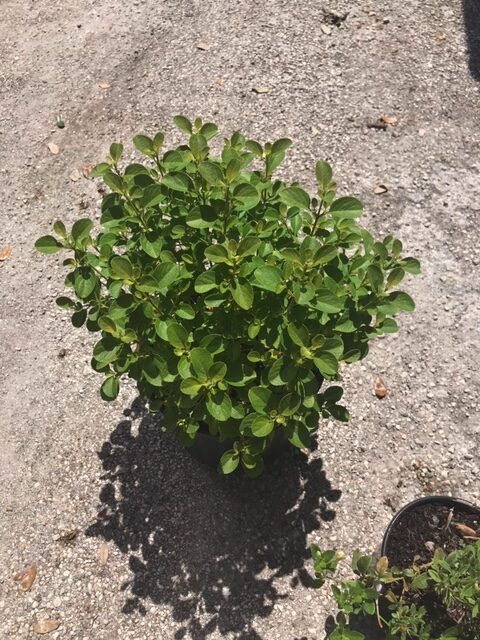

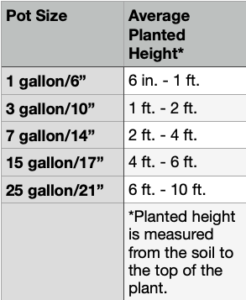
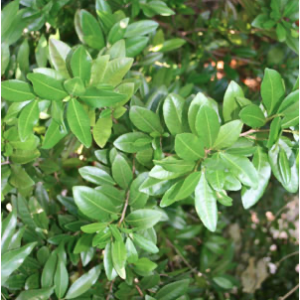
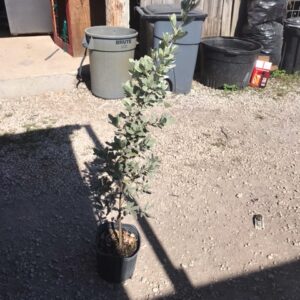
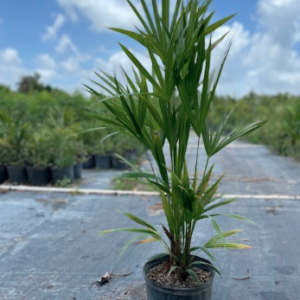
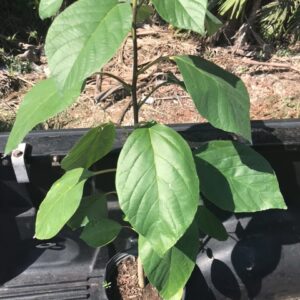
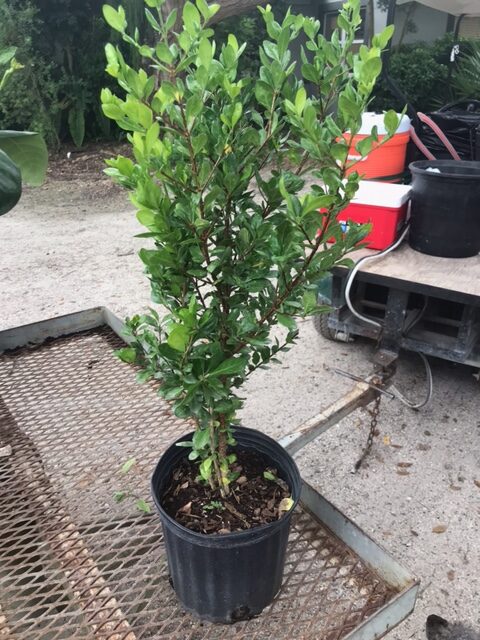
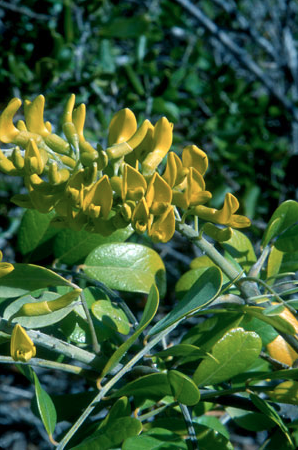
Reviews
There are no reviews yet.